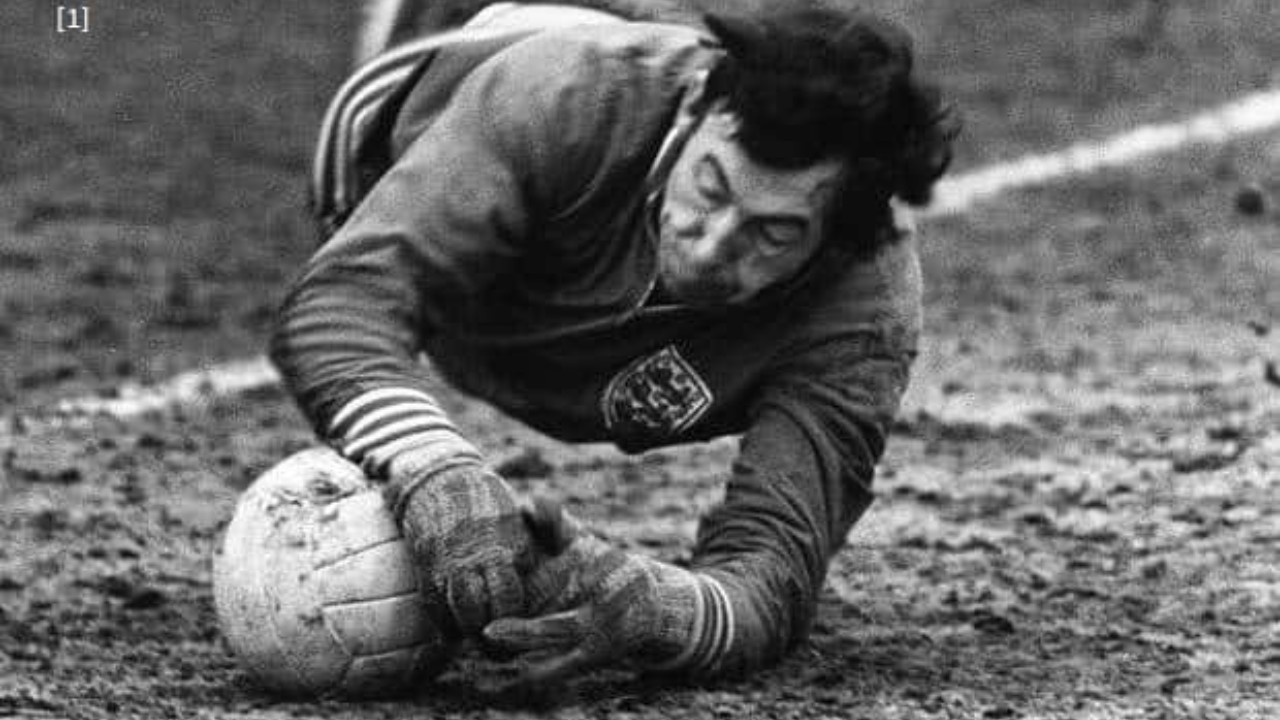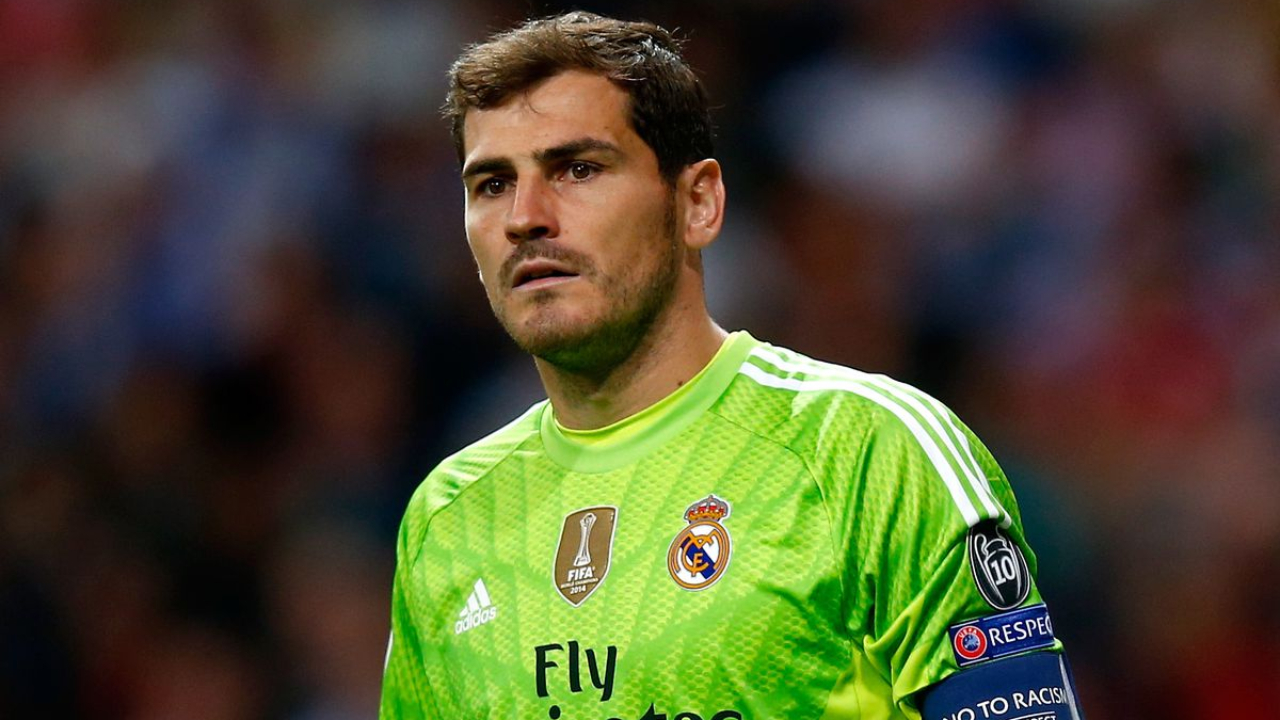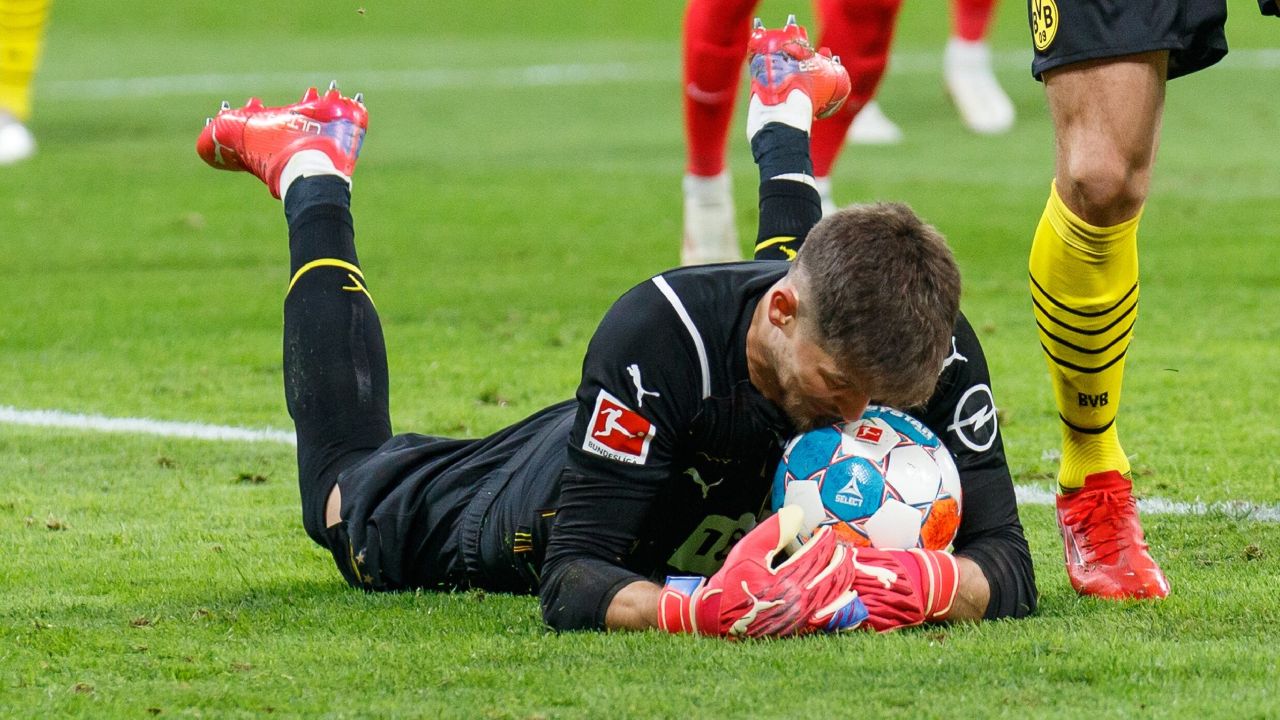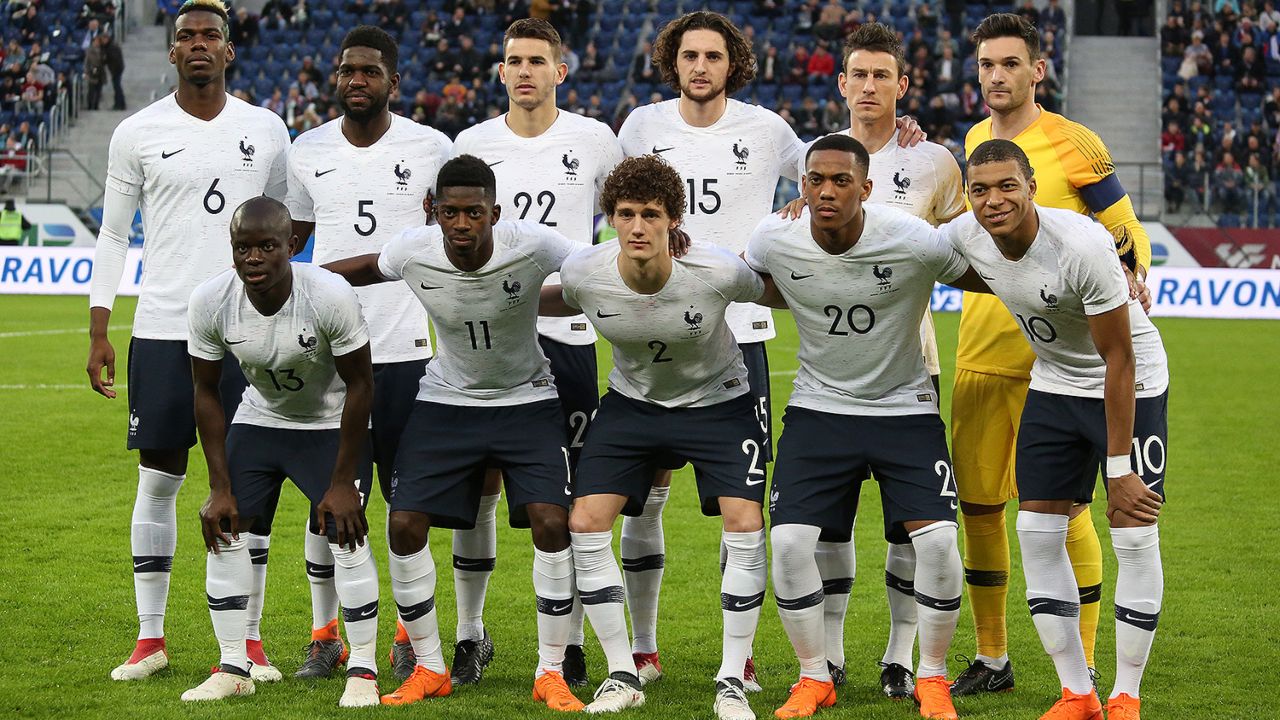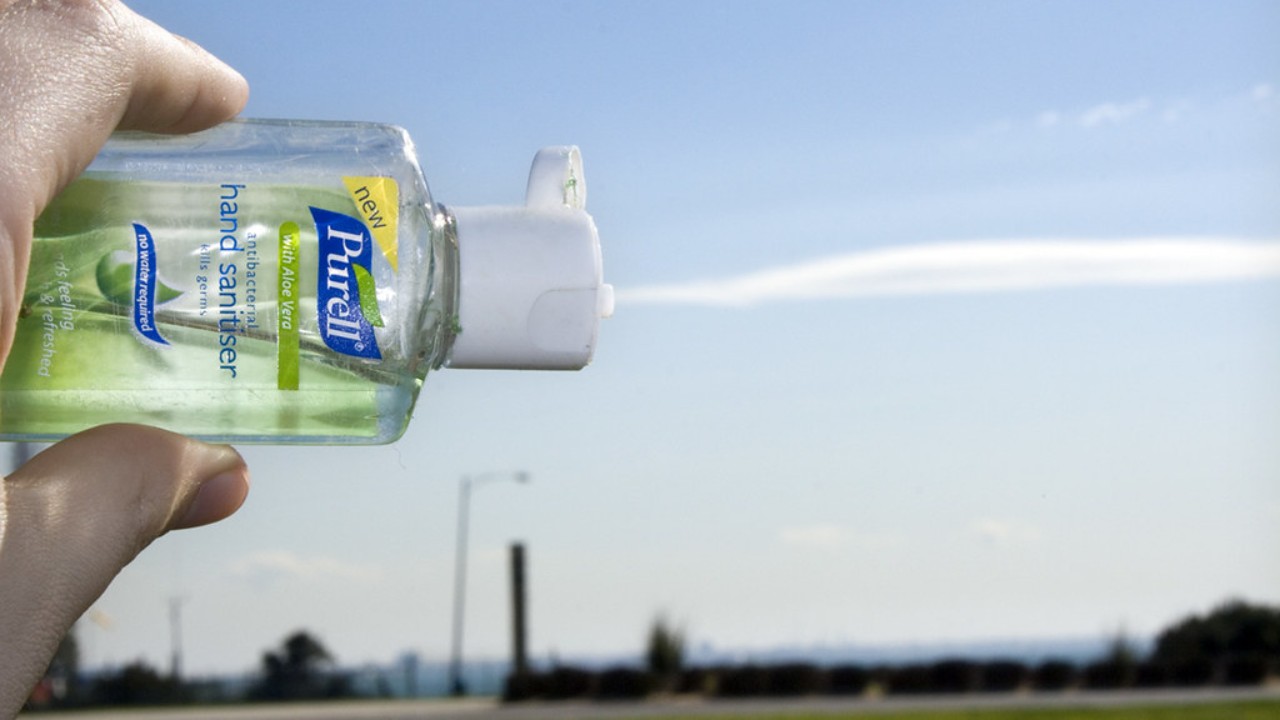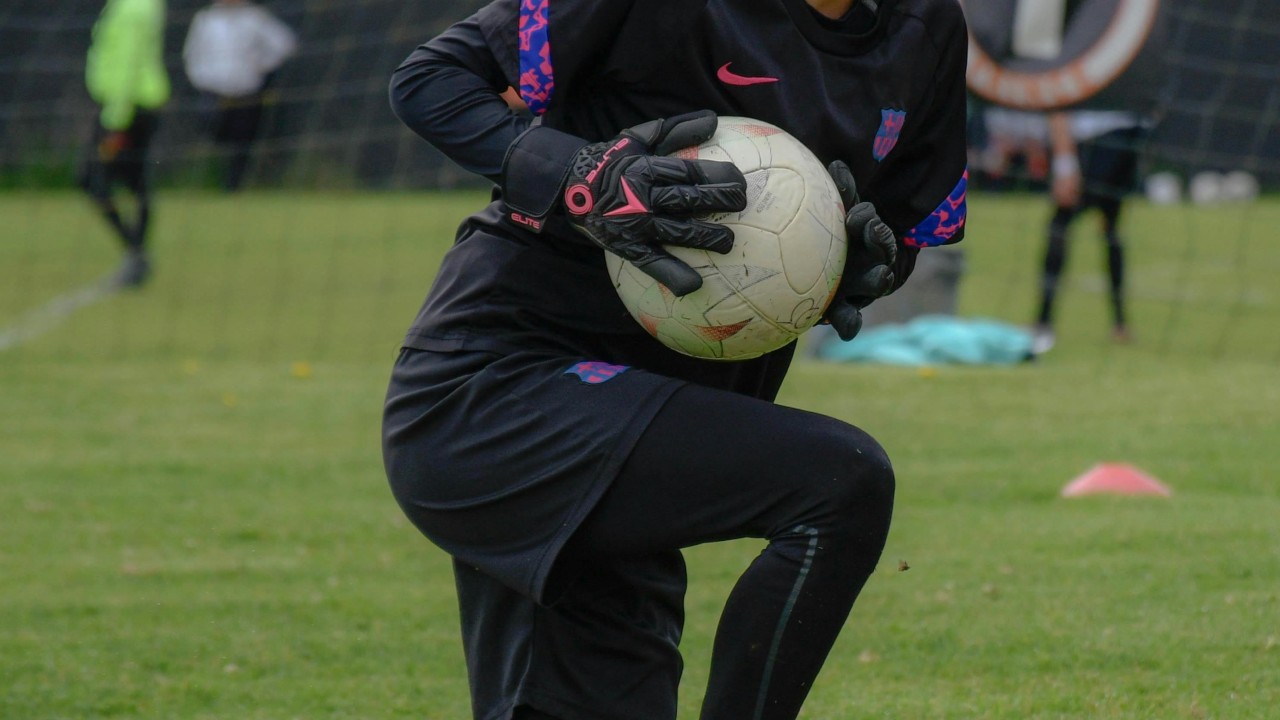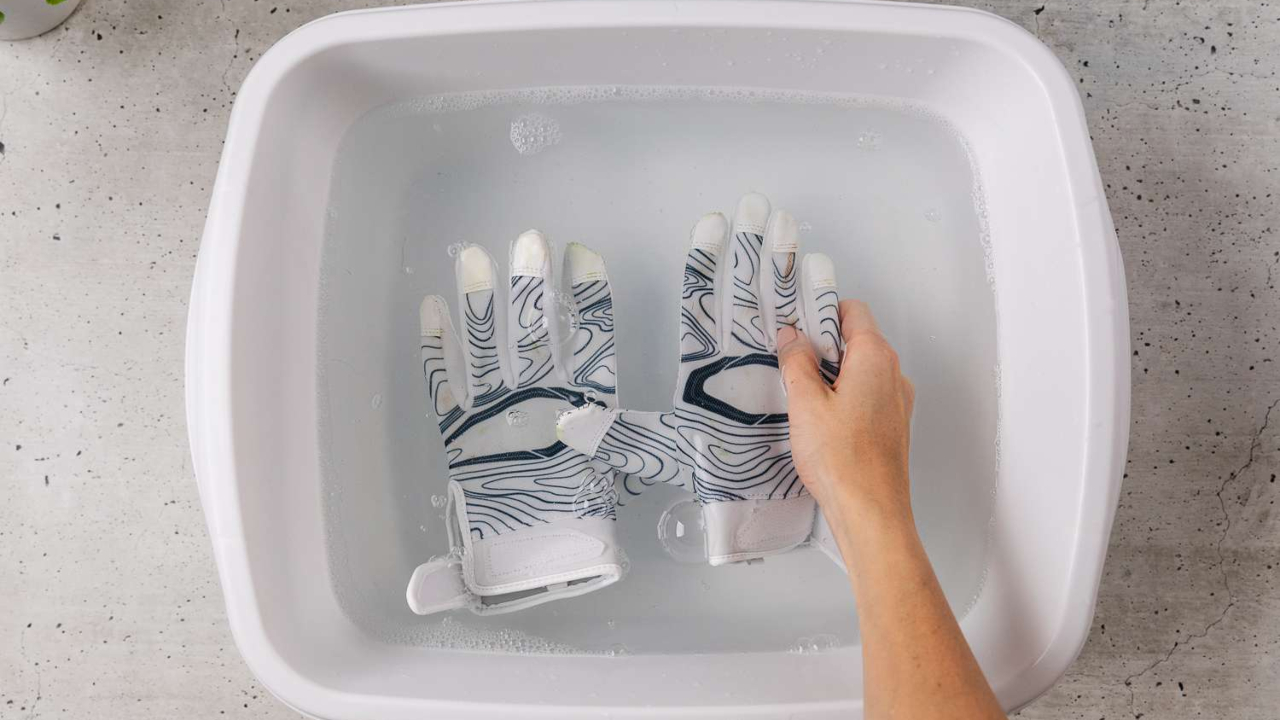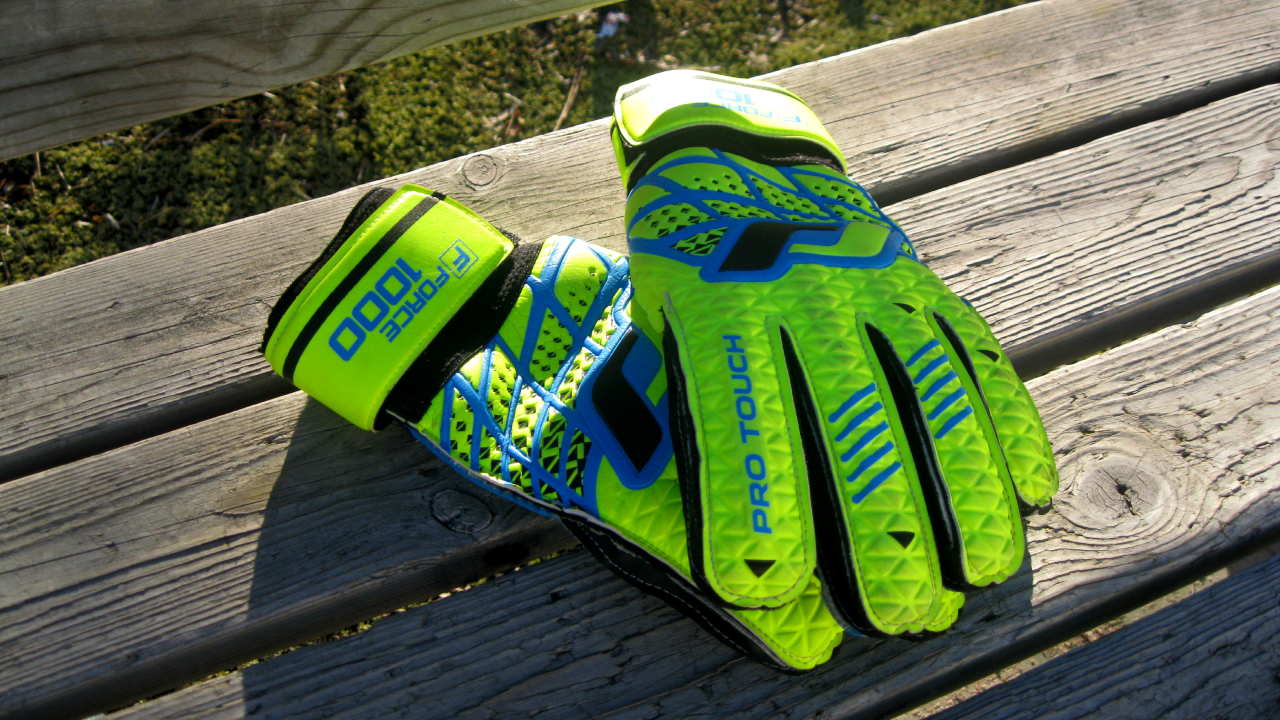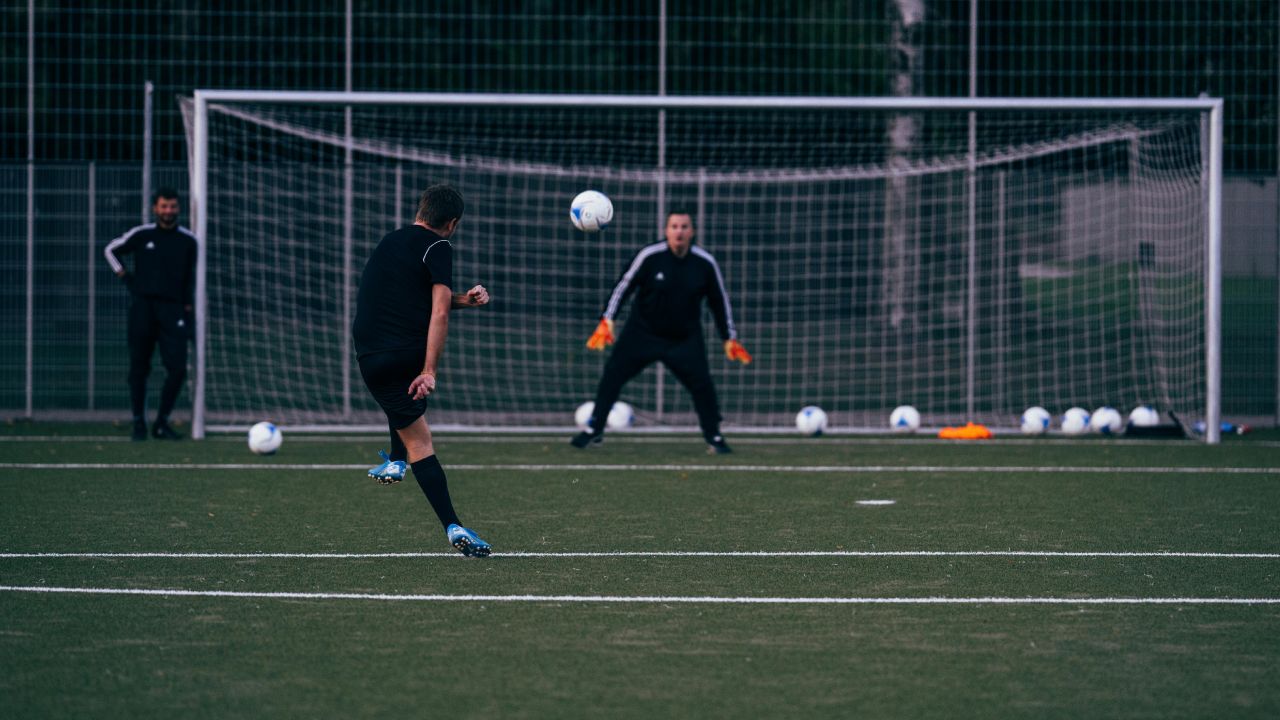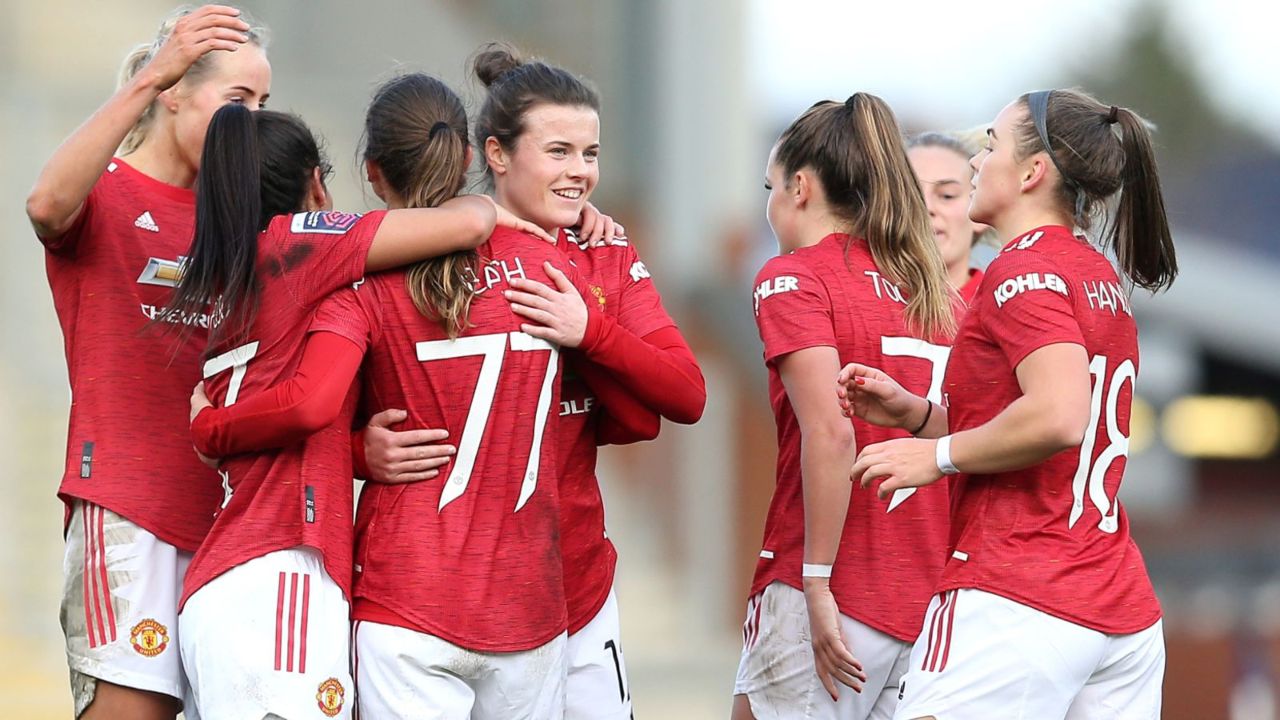Ever watched a football game and wondered why almost every player on the field is sporting gloves? Football gloves have become a staple in the game, enhancing performance and providing much-needed grip and protection. But when did football players start wearing gloves? Let’s dive into the history and evolution of this essential piece of football gear.
The Early Days of Football
Back in the day, football was a gritty, rugged sport with minimal protective gear. Players donned simple leather helmets, if any, and certainly didn’t wear gloves. The focus was on brute strength and endurance, and the idea of gloves as a functional part of football gear was non-existent.
Introduction of Gloves in Football
The first instances of gloves in football can be traced back to the 1950s and 1960s. Quarterbacks and receivers occasionally wore gloves during extremely cold games to keep their hands warm. However, these early gloves were not designed for football and often hindered more than helped.
Evolution of Football Gloves
Football gloves began to evolve significantly in the 1970s and 1980s. Initially, they were simple and resembled winter gloves, but soon manufacturers started designing gloves specifically for football. This era saw the introduction of better grip materials and more tailored fits, making gloves more practical for the sport.
1980s: The Turning Point
The 1980s marked a turning point for football gloves. Players began to recognize the benefits of wearing gloves not just for warmth, but for performance. Wetter and colder conditions often necessitated the use of gloves, leading to their increased popularity. The gloves began to feature better materials like tacky substances to improve grip on the ball.
1990s: The Rise of Specialized Gloves
By the 1990s, football gloves had become more specialized. Companies like Nike, Reebok, and Cutters introduced gloves designed specifically for different positions. Wide receivers, for example, had gloves with enhanced grip and flexibility, while linemen’s gloves focused on protection and durability. This period also saw significant marketing efforts and endorsements from top players.
2000s: Gloves Become Essential
The 2000s solidified the essential status of football gloves. They were no longer a luxury but a necessity for players at all levels. The design and technology of gloves advanced rapidly, with new materials and features that significantly enhanced performance. Professional players, especially in the NFL, began to endorse specific brands, further popularizing glove usage.
Materials Used in Football Gloves
The materials used in football gloves have come a long way. Early gloves were made of basic leather, but modern gloves use a mix of synthetic materials like silicone, neoprene, and other polymers. These materials offer better grip, flexibility, and durability, ensuring that players can perform at their best in all weather conditions.
Design Features of Modern Football Gloves
Modern football gloves are marvels of design. They come with a host of features aimed at improving grip, comfort, and fit. Sticky palm materials help players catch and hold onto the ball more securely, while breathable fabrics ensure that hands don’t get too sweaty. Adjustable straps and ergonomic designs make sure the gloves fit snugly and comfortably.
Impact of Gloves on Player Performance
The impact of gloves on player performance is significant. Studies and player testimonials suggest that gloves improve a player’s ability to catch and handle the ball, especially in adverse weather conditions. Gloves provide a consistent grip that bare hands simply can’t match, leading to fewer dropped passes and fumbles.
Controversies Surrounding Gloves
Despite their benefits, gloves have not been without controversy. Some argue that they give players an unfair advantage, likening their grip-enhancing properties to performance-enhancing drugs. There have been discussions about regulating glove materials and designs to ensure fair play, though no major restrictions have been implemented so far.
Famous Players Known for Their Gloves
Several iconic football players are known for their distinctive gloves. Jerry Rice, one of the greatest wide receivers of all time, was known for his consistent use of gloves. More recently, players like Odell Beckham Jr. and DeAndre Hopkins have popularized certain brands and styles, inspiring younger players to follow suit.
Gloves in Different Football Leagues
The use of gloves varies across different football leagues. In the NFL, gloves are almost universally worn by skill position players. College football also sees widespread glove usage, though the styles and brands may differ. High school and amateur leagues have also adopted gloves, though sometimes the rules and available resources influence their prevalence.
Future of Football Gloves
The future of football gloves looks bright, with continuous advancements in technology and design. We can expect gloves to become even more specialized, with features tailored to the unique needs of different positions and playing conditions. Innovations like smart gloves with sensors for tracking player performance might also become a reality.

